Social Injustice
How would you rectify the current situation in New York, in which a low-income, largely minority community is assaulted with multiple environmental insults such as groundwater contamination from landfills, chemical spills, and/or soil contamination from now-defunct industries? Taking on the task of assessing the risks is complicated and the ability to educate the community is daunting. It requires a call to action to the local community stakeholders and leaders to make a difference.
Several years ago, I spent Christmas in Midtown Manhattan in New York City (NYC) to visit family. The New York Post at that time, and still today reports that Manhattan’s wealthiest residents can expect to live a full decade longer than those people living a few miles away in the South Bronx and Brownsville. Manhattan’s residents have a life expectancy of 85 years. That is greater than the life expectancy in Japan. They have infrastructure which supports home, schools and roads, good jobs, and access to quality health care.
Three miles down the road is the Bronx, were people live in poverty. The infant mortality rate is highest in the Bronx and Brownsville has the city’s highest murder and homicide rates in the region. The life expectancy in this part of New York is 75. The Bronx have a high incident of unemployment, teen pregnancies, and lowest high school graduation rates while Manhattan had among the highest.
This city demonstrates how money opens doors to education, to better housing, to good jobs, and even to better health. Those with more money do better on most health outcomes than those with less and so we see people in affluent neighborhoods living longer.
Epidemiological studies have documented the effects of environments on the health of the community, such as proximity to hazardous waste sites, quality of air and water, availability of high-quality food, and access to pen green spaces. Historically, the burden of NYC’s environmental hazards, have been disproportionately imposed on Bronx communities, through biased land usage policies instituted by the local government and corporate interests. For example, the South Bronx currently contains nine waste transfer stations, almost one-third of the total number in NYC, but only 6.5% of the City’s population. This large, density of waste facilities, imposes a heavy environmental burden on the surrounding neighborhoods. In addition, there are other industrial and polluting land uses, including the Hunts Point Cooperative Market, a wholesale food distribution center (the largest in the world), power plants, and extremely heavy industrial truck traffic, that all exacerbate the environmental encumbrance experienced by Bronx residents.
To improve the environmental injustice situation in NYC and to establish risk communication and secure community involvement, it is important to utilize the lessons learned from the World Health Organization (WHO) on respecting human rights, appreciating connectivity and valuing participation of the public when dealing with health problems. In addition, recommendations from the Natural Resource Defense Council (NRDC) an organization that seeks to ensure peoples’ rights to clean air and water should be strongly considered. Obtaining community support through organizations such as the West Harlem Environmental Action (WE ACT) who has successfully taken on environmental problems in NYC and New York State is key.
Leadership from the Infectious Hazard Management Department of the WHO’s Health Emergency Program recommends several action steps. Several of which would apply to the current conditions in NYC:
1. Listen and engage those who are affected rather than simply telling them what to do.
2. Use integrated approaches and social science techniques to listen to communities, understand their perceptions and barriers to action, identify enablers, and co-create solutions that work for the community.
3. Coordinate activities among all partners and across all sectors and levels and avoid ego-driven battles to control risk communication activities.
Leaders should obtain assistance with the NRDC that provide environmental justice organizations with technical and legal expert advice. Such partnerships have a track record of successes, including a lawsuits against major offenders. Obtaining support from WE ACT to help with public demonstrations and negotiations with city officials to solve engineering problems, logistics and education of the residents would ensure citizen engagement, better understanding of the problems faced by families, business and city leaders and improve communications among all stakeholders.
History tells us grassroots community leadership is requisite to reaching objectives including cleaning up pollution, taking legal recourse from offending facilities, or proposing legislative policy changes. Everyone must take a stand. The strong, the weak, the well-educated, the rich and the poor. We are only as strong as the weakest link. The cost of letting of neglect affects everyone.
